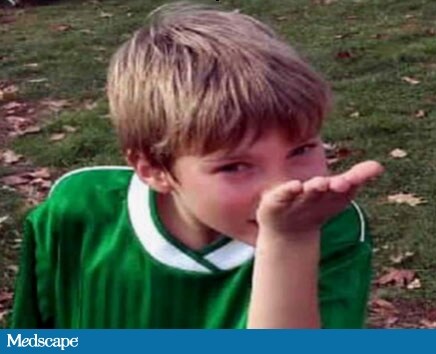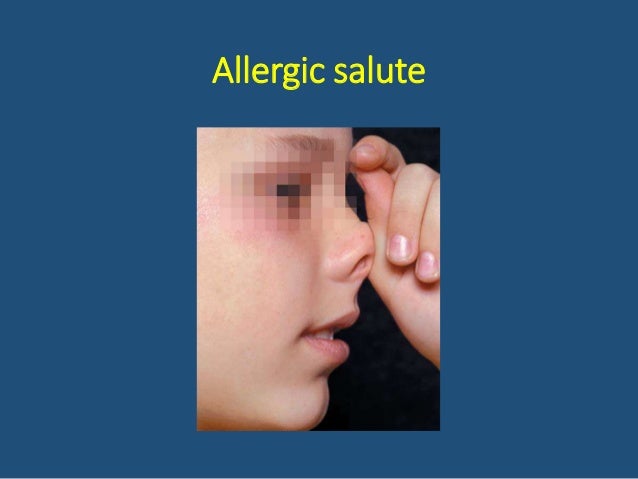


The symptoms of allergic rhinitis sometimes look like other conditions or medical problems. How long the condition is expected to last

How well your child can handle specific medications, procedures, or therapies His or her overall health and medical history Your child’s health care provider will figure out the best treatment for your child based on: How is allergic rhinitis in children treated? This will tell you exactly what things are causing your child to have symptoms.
#Allergic salute skin
If this is the case, then your child’s health care provider may refer your child to see an allergist. An allergist is a doctor who is trained to do allergy skin testing. During the exam, your child’s health care provider may also find dark circles under the eyes, creases under the eyes, and swollen tissue inside the nose. Typically, the diagnosis is made by your child’s health care provider based on a thorough medical history and physical exam. How is allergic rhinitis in children diagnosed? Always talk with your child’s health care provider for a diagnosis. The symptoms of allergic rhinitis may look like other conditions or medical problems. Symptoms may include:Ĭhildren with year-round allergic rhinitis may also have these symptoms:Ī line or crease across the bridge of the nose from swiping the nose

However, each child may experience symptoms differently. The following are the most common symptoms of allergic rhinitis. What are the symptoms of allergic rhinitis in children? The most common causes of allergic rhinitis in children are: What are the causes of allergic rhinitis in children? There is usually a family history of allergic rhinitis. Year-round allergic rhinitis happens more often in younger children. Histamine causes itching, swelling, and fluid to build up in the fragile linings of nasal passages, sinuses, and eyelids.Īllergic rhinitis can happen on a seasonal basis or year-round.


 0 kommentar(er)
0 kommentar(er)
